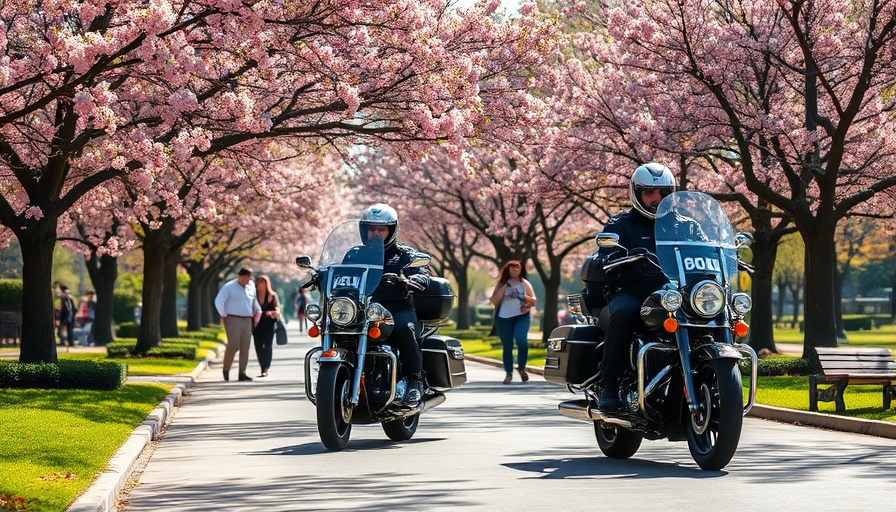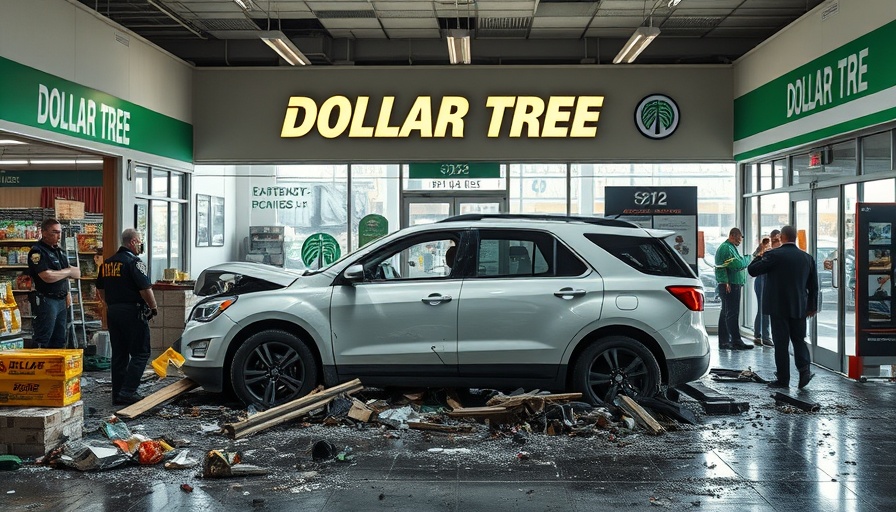
Charlotte's Alarming Safety Rankings
As peak holiday season approaches in Charlotte, the city's pedestrian safety escalates as a serious concern. With significant walking activity each year as the weather cools, a recent report highlights how Charlotte stands out for all the wrong reasons. According to KURU, Charlotte has been ranked among the top 10 most dangerous cities for pedestrians in the United States, reporting 2.29 pedestrian deaths per 100,000 residents. This grim statistic reflects not only a troubling trend but also underlines the pressing need for improvements in urban safety and infrastructure.
The Walk Score: What Does It Mean for Us?
Charlotte's Walk Score of 26 indicates that its infrastructure is heavily car-oriented, making it difficult for pedestrians to navigate safely. Cities renowned for pedestrian-friendly environments score significantly higher, raising the question of how Charlotte can evolve and enhance walkability for its residents. As families, nightlife seekers, and commuters flock to urban areas, improving pedestrian pathways is not just a matter of safety — it becomes increasingly crucial for fostering community connections and promoting a vibrant street culture.
Comparative Risks: A Look Across the Nation
When we examine other cities alongside Charlotte, it becomes evident that many are facing similar challenges. With Albuquerque leading with 4.68 pedestrian deaths per 100,000 people, the trend is widespread. However, cities like Las Vegas and Phoenix showcase varying levels of infrastructure support that provide fewer risks to pedestrian safety. Charlotte must learn from these examples and consider approaches to reconfigure road designs, enhance protective measures, and increase public awareness about pedestrian rights.
Future Predictions for Charlotte’s Urban Landscape
Looking forward, there are both challenges and opportunities for improving pedestrian safety. Initiatives like the Charlotte pedestrian bridge plan could revolutionize how residents navigate the city on foot. Additionally, extensive urban development projects such as the $683 million uptown development signify that the city may be prioritizing safer, more walkable environments. If these projects are implemented with a focus on pedestrian safety, we could see a significant drop in accident rates, revitalizing our community.
The Call to Action: Creating Change Together
It’s essential for residents, city planners, and local officials to establish open lines of communication about pedestrian safety. Public forums, community workshops, and direct feedback channels can culminate in effective strategies for improving our roads and, ultimately, our lives. As a collective, we can advocate for change that promotes safety and fosters a future where walking through Charlotte’s neighborhoods feels safe and welcoming.
If you enjoyed this story, why not stay connected? Join Charlotte Local Unplugged on Facebook and YouTube for exclusive local information.
 Add Row
Add Row  Add
Add 




Write A Comment